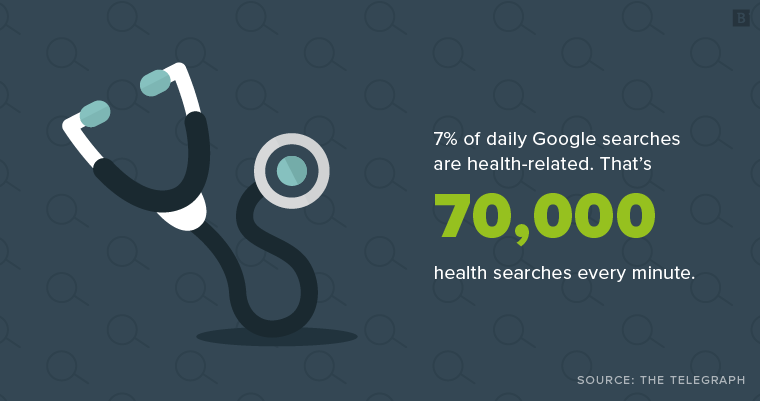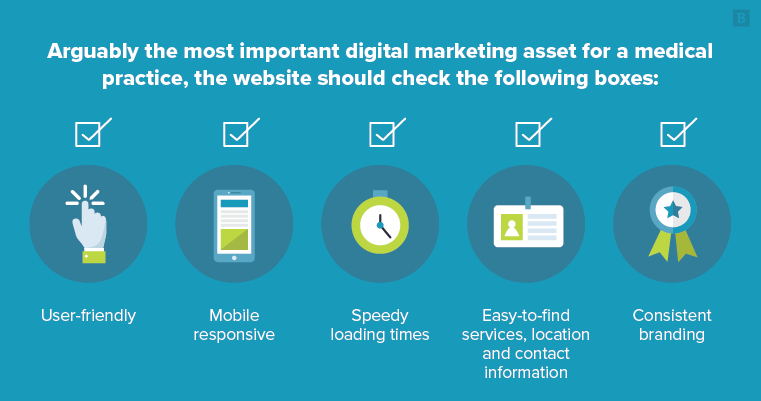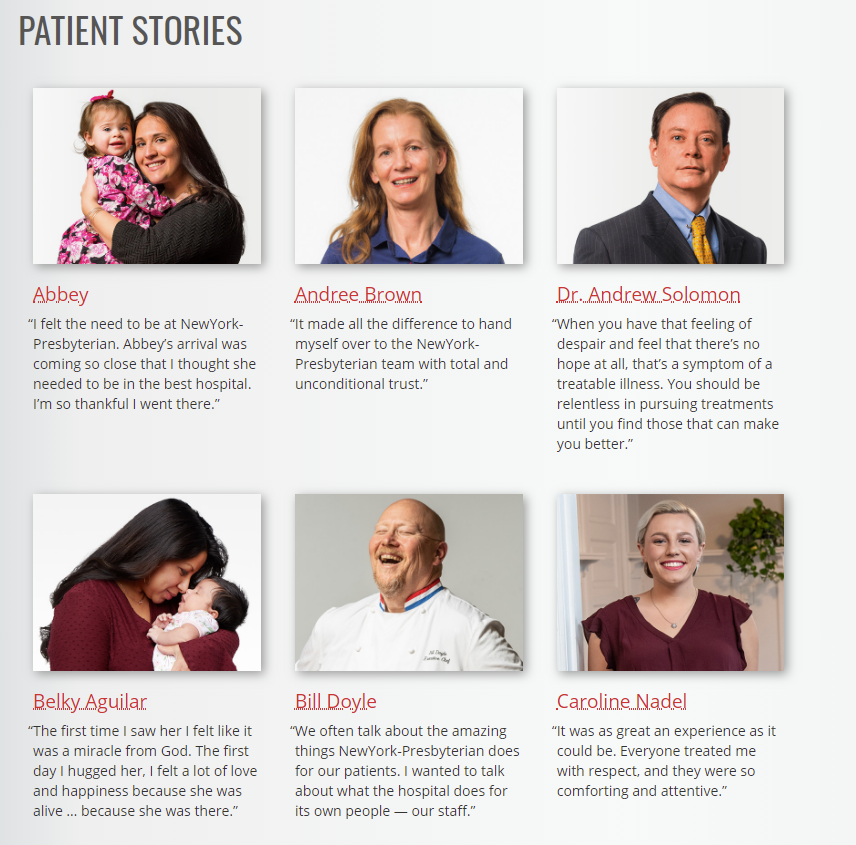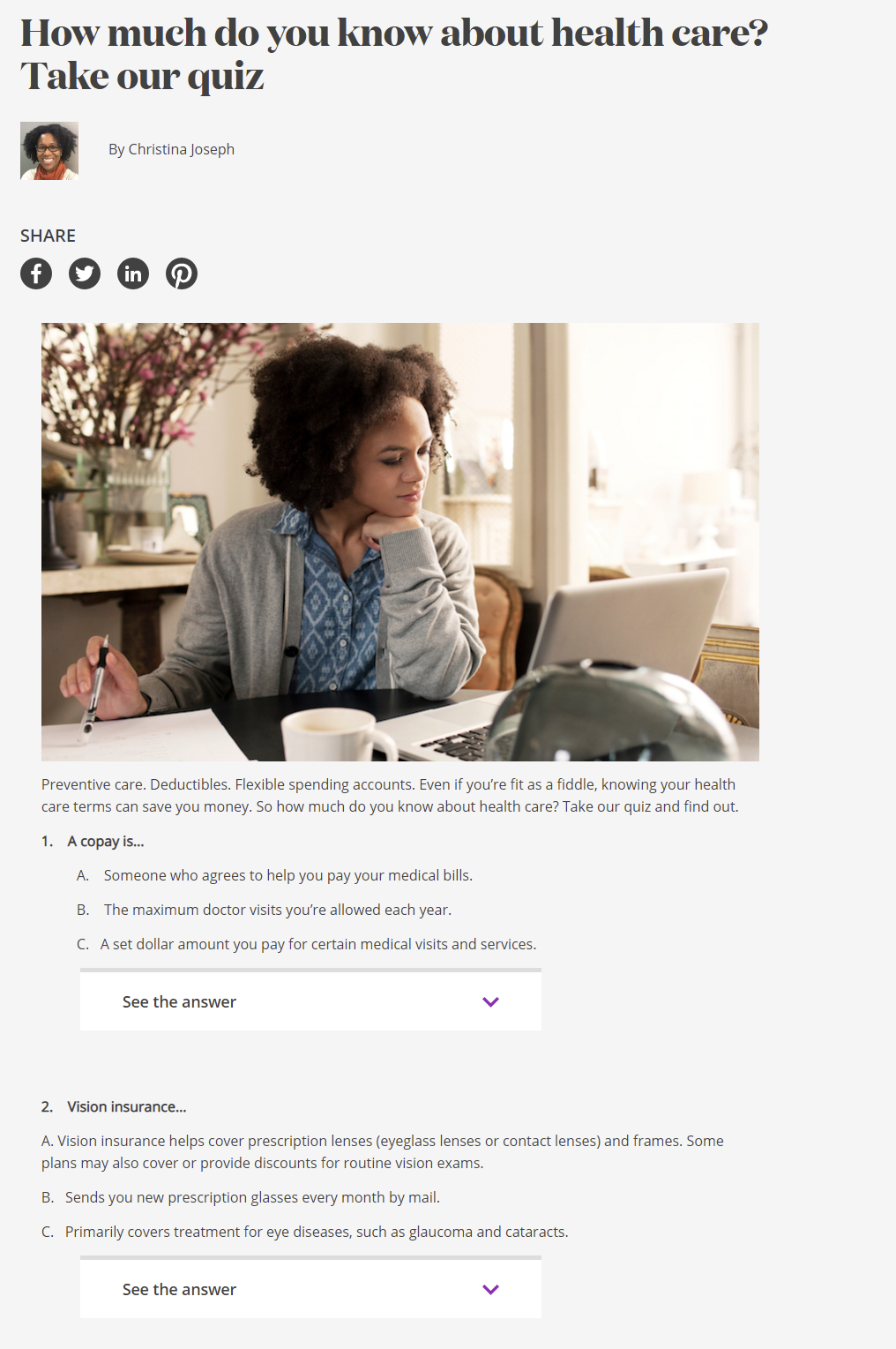In today’s digital age, the health care industry is facing an ever-growing challenge in terms of reaching out to their target audience and promoting their services effectively. But with the right content marketing strategy in place, health care providers can establish themselves as trusted authorities and connect with patients in a meaningful way.
That’s why we’re diving into the top 7 health care content marketing strategies that have been proven to drive results. From utilizing social media to creating educational resources, these tactics are specifically tailored to the unique needs of the health care industry. Get ready to enhance your online presence, engage with your patients and boost the growth of your health care business.
Why Health Care Needs Quality Content
Have you ever experienced a strange health issue, be it a mole you didn’t notice before, a wheezing cough or a pain in your ankle (that you may or may not have sprained in your sleep)?
We’ve all been here, and most of us today turn to Google or other search engines first for answers.
In fact, according to David Feinberg, former head of Google Health, the above-described situation takes place an average of 70,000 times each minute – that’s right, 70,000 people across the globe take to Google to key in health-related terms and find the nugget of information that will help them feel better. That’s the equivalent of 7% of all daily Google searches.

“People are asking us about conditions, medications, symptoms and insurance questions,” Feinberg told a conference audience in Austin, Texas. “In this case we are organizing the world’s health information and making it accessible to everyone.”
For health care providers and other businesses in the industry, this means that demand for accurate, trustworthy and credible health care content is rising – and your organization can be the one that answers this call for patients in your area, and beyond.
Get Real Results With These Content Marketing Ideas and Tactics
As you look to build your health care content marketing strategy, here are a few key tactics to make your efforts that much more successful with your audience.
1) Establish Your Health Care Digital Marketing Strategy and Document It
Before you publish on your website and share content on social media, you first need a strong digital marketing plan to guide your efforts.
According to the State of Healthcare Content Marketing report from True North Custom and Healthcare Insight, about 89% of all health care providers and businesses are doing some form of content marketing. However, only 27% of these organizations have a formal content marketing program in place.
A lack of proper strategy can result in your team engaging in content marketing and other traditional advertising activity without a way to track the success or ROI of your efforts. This can end up costing you, and can also end up with you creating assets that don’t align with your business’s content marketing goals or the needs of your audience.
Don’t skip this step – outline your mission and objectives, as well as the rest of your digital marketing plans. We can assure you that this time and effort will certainly pay off.
2) Support Your Target Audience
One key mistake that many health care companies make is that the majority of their content focuses on the brand itself. Some self-promotional content can be beneficial (an article highlighting your brand’s recent health care industry award, for example). But if all of your health care content is about your business, it’s not offering much for your audience.
Remember that many users today are turning to search engines for answers about their health. Putting together content that answers these questions and aligns with these topics (which we’ll explore more in-depth below) will provide value for your readers without putting the spotlight too heavily on your brand.
By publishing informational content that focuses on your audience and what they’re looking for, you’ll position your organization as a trustworthy, knowledgeable and credible source. This user-first mentality can also help convert your readers from “I’m just browsing your blog” to “I need a health care provider – and I know exactly where to go.”
3) Use Your Specialization to Your Advantage
We don’t have to tell you how expansive and varied the services and specializations of the health care industry are. From physicians with their own specialties to health care companies focused on a particular aspect of wellness, the differences are clear. These specializations can become your business’ secret weapon in your health care marketing strategy.
Execute content marketing ideas that speak to and are directly aligned with your organization’s niche in the marketplace. After all, who better to go to for content on a particular health care subject than a physician or health care provider that specializes in this area?
This is a low-hanging fruit idea that you and your content strategy team can engage in. And fear not – even if your on-staff physicians don’t have the time to write an entire blog, they likely have a few minutes for an interview to inform one.
Subscribe to
The Content Marketer
Get weekly insights, advice and opinions about all things digital marketing.
Thank you for subscribing to The Content Marketer!
4) Content That Speaks: Topics To Consider
By now, you may be wondering about specific content ideas, and which topics may be best for your content strategy, the specialties of your business and the interests of your audience.
Well, Ceralytics has you covered. The research organization took a look at more than 16,000 topics for health care content, as well as the more than 3 million social media shares that went along with the pieces. In addition, the team examined and read every piece of content from 9 major health care players.
After all this reading and analyzing, Ceralytics discovered the top 26 most popular and successful topics for health care content. Convice&Convert contributor Jay Baer goes over the full list here, but the top 10 include:
- Heart disease.
- Diet.
- Tips.
- Recipes (Surprisingly, the top-performing recipe was one for Brussels sprouts!).
- Pain (these searches performed better on social media compared to search engine queries, FYI.)
- Brain.
- Symptoms.
- Women.
- Stress.
- Stroke.
These terms represent a jumping-off point, and they can help you and your team of content marketers create content around the topics that your audience is actually searching for. Take “diet,” for example: Creating health care content around diet tips that also includes a list of healthy recipe suggestions means you’ve hit three terms on the list, increasing the likelihood that your content will be found and will provide your audience with value.
5) Don’t Forget the Human Touch
Cold, sterile medical content will turn your audience off quicker than having to sit on a freezing examination table in one of those paper gowns. (I shudder just thinking about that …)
Although informational, data-driven quality content on health topics can be beneficial for your content marketing program, it’s also critically important not to overlook the human side of health care.
Strategies like video marketing, for example, can help you add a personal touch to your brand’s online reputation. Use videos to tour your office or introduce your staff members. Content like this can help even the most nervous potential patient feel a bit better ahead of their visit.
6) Track Your Progress – And Your Success
Once you’ve put out a few good pieces of content, establish a tracking system to measure how each piece performs with your audience. This helps you ensure that your efforts are actually aligning and supporting the goals and objectives you created as part of your initial content marketing program, and that health care content is providing the type of ROI that you’d envisioned.
This is, somewhat surprisingly, another step that many health care companies skip, and some are even abandoning. True North Custom found that about 22% of health care marketing teams don’t bother to track ROI, and the percentage that does fell 11% from 2018.
“The delta between adoption and demonstrated achievement is likely a result of competing priorities, lack of CRM to close the loop on content-generated opportunities and nascent initiatives tied to lead generation and nurturing,” True North Customs stated in its report.
Most of all, though, it’s hard to mirror the success of past content marketing wins if you have no idea what’s working and what’s not. Track your health care content’s performance and the overall ROI it is providing, and take these lessons to heart as you’re building out the next projects in your marketing strategy.
7) Repurpose and Expand
Once you’ve created a winning piece of content (and you’ve tracked its performance to prove it), it’s important not to let it live in a vacuum. Take your content as far as it can go by repurposing it for social media posts or medical posters, or expanding on the original topic with a further in-depth white paper, or even video marketing.
This strategy can offer more for your audience, and even help lead them through the conversion funnel. For instance, someone looking for information about a particular condition may find details in a blog, which then leads them to a video where one of your physicians describes the symptoms and potential treatments more in-depth. After viewing the video, this person feels confident that one of the featured treatments would help them – and voila! They’re already on your website, and turn to you for these services.
Don’t be afraid to expand on topics, repurpose your articles and offer as much content through your website, social media and other channels.

Inspiration: Health Care Content Marketing Examples
Best practices and tips are always helpful, but sometimes it’s best to see winning strategies in action. Let’s take a look at a few health care marketing wins that helped brands differentiate themselves while supporting their online reputation:
Video Marketing With a Twist
Consumers appreciate good video content, and this is true in nearly all industries, including healthcare BPO. Medical Realities provides a great example here with its medical training products that provide a 360-degree camera view of surgery and other operating room procedures. While this kind of content isn’t for the faint of heart, it can offer a beneficial look at health care for those about to undergo the same or similar procedures.
Patient Spotlight Series
Building on our tactic #5 above, shine a light on patient successes to humanize your content marketing efforts.
New York Presbyterian Hospital took this approach with its Patient Stories campaign, which offered a window into the difference health care providers at the hospital have made with their patients.

Interactive Content
Content that provides the opportunity for your audience to take action and interact with it can be a considerable boon for your health care marketing strategy. However, if you put together a quiz, create a decision tree or leverage another type of interactive content, consider your topic carefully and be sure that it is as accurate as possible. Consider using a quiz builder to streamline the process and create engaging and informative quizzes for your audience.
This health care and insurance quiz from Aetna provides a good example. After each question, readers can test their knowledge and navigate links for more information about the topic covered in the question.

Content With a Cause
Health care content is uniquely positioned to spread awareness of health care and public health issues. Health care marketers can consider putting together articles or other content that aligns with the World Health Organization’s Global Health Days, for example.
It’s World Neglected Tropical Diseases Day!
— World Health Organization (WHO) (@WHO) January 30, 2023
Reducing deforestation, unplanned housing, overcrowding can prevent:
Chagas disease
Dengue
Chikungunya
Leishmaniasis
Scabies
Let’s #BeatNTDs!
More https://t.co/tlsWgp4GpH pic.twitter.com/6n3hCZ9xjT
Health care marketing can serve multiple purposes, including informing and comforting your audience, supporting awareness of key health issues and enabling a beneficial online reputation for your brand.
Engaging in thoughtful content creation that aligns with your marketing strategy as well as the needs and preferences of your audience can help you craft a brand image that is nurturing, knowledgeable and credible.
Editor’s Note: Updated February 2023.






